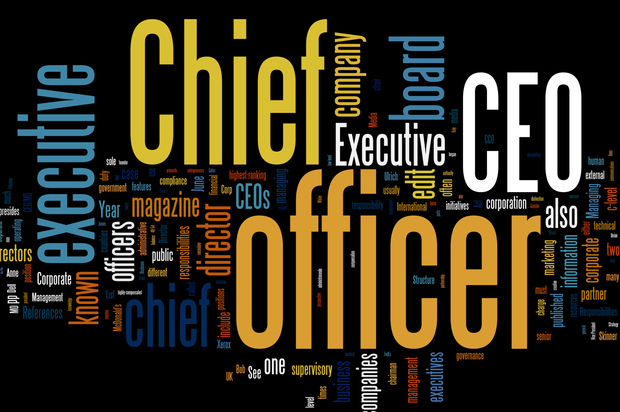Have you ever been in meetings where the eyes of the people in the room are staring at you and almost instantly ask you to provide direction? What are we going to do now? For less severe issues, the response can be given on the spot, no problem. For deeper rooted issues, a change of the ground rules may actually be required. That demands leadership, but what kind? Course corrections aren’t easy and aren’t meant to be either.
There are always opportunities to change the situation. There is always a way out. You have got to find them. You have got to go after them. You have got to become creative. You have got to thrive on willpower. There is no change without a plan and action. What is required is true leadership.
The first step is to take responsibility for the troubled situation and accept the current state. It is what it is. It can only go better if you start doing the right things moving forward. The leader that you want to see stepping up, has a high level of accountability, confidence and grit. It’s crucial that the leader starts with building trust. That core value fuels the quality of relationships and boosts speed and performance. The leader must bring focus on the critical path activities and introduce concepts to better manage time, work load and quality of output. With that, the process of change and turnaround has started. A relentless, unstoppable, collective effort with the intention to improve, win and outsmart everybody else.
The leader must be able to quickly grasp the context. That can only happen if the leader has a broad orientation and interest, and has gained cross-functional and cross-industry knowledge and experience through his career. The leader you are looking for is shrewd, sharp, aware and far-sighted. He knows where to go and how to get there from your current state. The leader is a big-picture thinker with eye for detail. That is a rare contrast. It is a very important characteristic as it determines the ability to go from planning to successful execution and implementation.
A leader changes the ground rules | CIO
Changing the ground rules is an expert skill. That is because of the integrative nature of the dimensions that have to change almost all at once. It’s like a chef of a Michelin starred restaurant finding the right mix of ingredients, flavors and colors to serve the best meal ever. Day in and day out, like it was the last meal to come out of his kitchen. The leader is plan driven yet pragmatic in the execution. He strives for simplicity in input, process and output. There is a strong tendency to plan and take action based on facts. Simplicity and a fact-based approach greatly helps with building trust, proper communication, team bonding and performance. When people understand and deliver, they gain confidence and want to do more and more.
The leader is competitive and is an achiever. He is comfortable with making decisions without exhaustive and comprehensive sets of information. He is decisive. With enough information he will come to the best decision. In most cases this is a consensus-driven decision-making process. Having said that, the leader knows when time is up and a decision can no longer wait to be made. At that point he will take the information available and make a decision using his instincts.
Once the decision is made, the leader relies on his strengths to convince the key stakeholders. He does that by zooming in on the purpose and meaning of the decision. Why are we doing this? That’s the departure point in those discussions. The leader is a team player and encourages and stimulates collaborative behavior. With that he will cause a dent in the universe and triggers a transition to a better future state.


